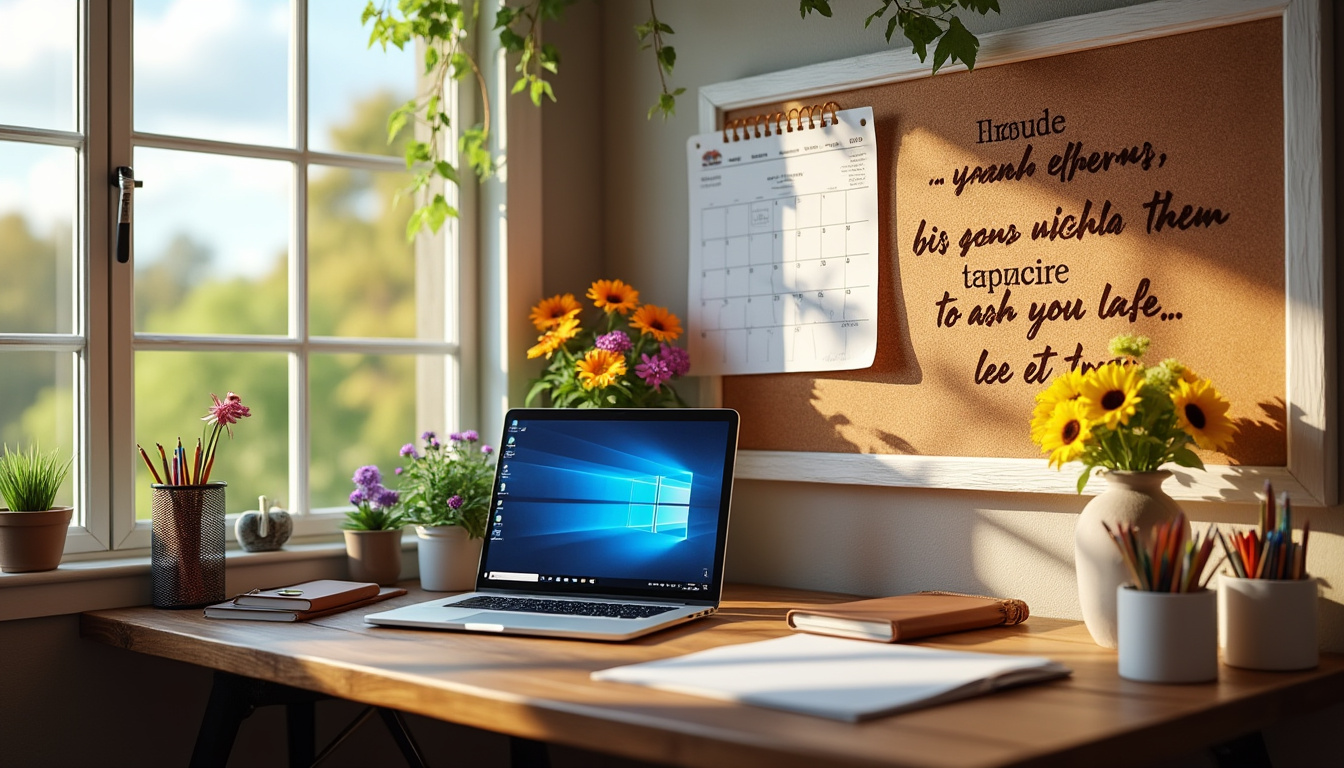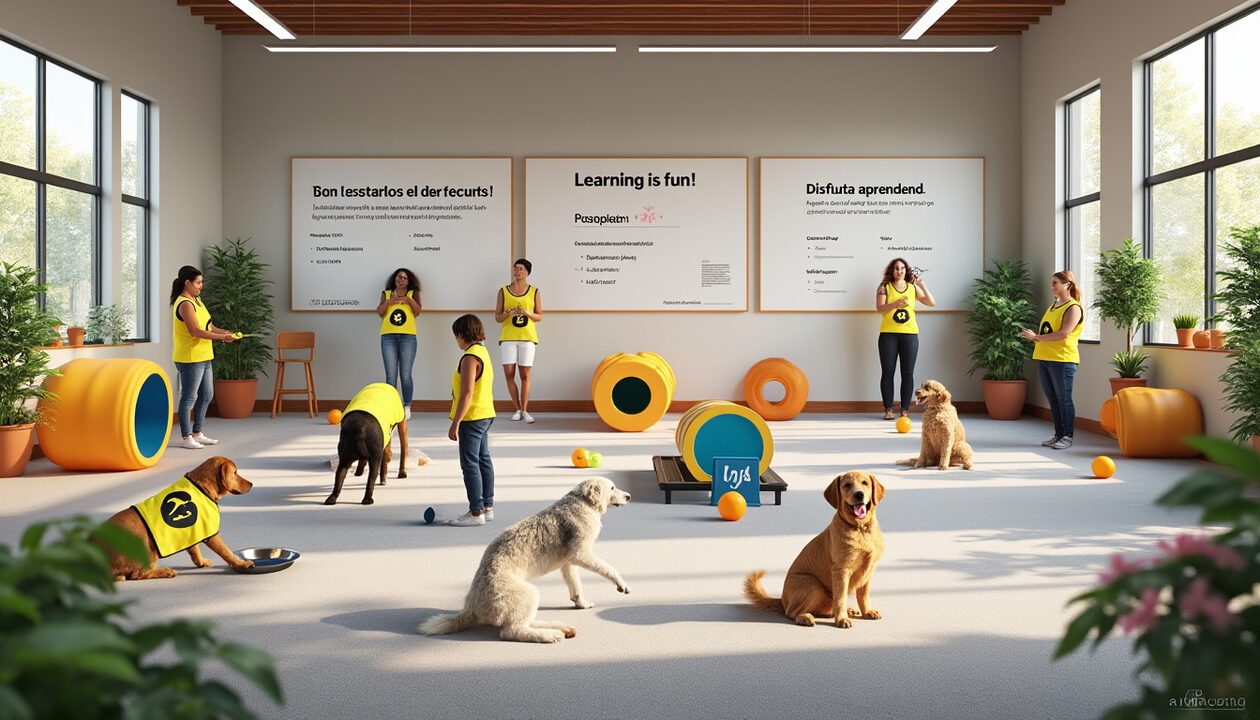Comment to avoid distractions during education sessions?
Maintaining attention and concentration is essential during educational sessions, whether for animals or for students. Distractions can hinder learning by diverting focus from essential tasks. With the advent of technology and social media, this issue is becoming increasingly pressing. This article explores different methods to avoid distractions in class and during educational sessions, including practical approaches and productivity applications. Mindfulness exercises, appropriate learning techniques, as well as an ideal study environment are all elements to consider. Each of these aspects will play a key role in improving the concentration of students or animals during classes. Discover tips to create the best possible framework and effective strategies to maximize attention.
Understanding the phenomenon of distractions
Distractions are ubiquitous in our daily lives. From ambient noise to phone notifications, it is not always easy to stay focused. It is essential to understand what constitutes a distraction and how it impacts our educational sessions. Studies show that on average, a primary school student can concentrate for 20 minutes. Beyond that, attention capacity declines rapidly, and interruptions can exacerbate this problem.

The impact of digital distractions
Digital devices have become allies and enemies in the educational framework. Constant access to the internet and social media creates a tension between the desire to learn and the temptation to escape to digital distractions. A recent study revealed that interaction with a screen during a study session can lead to a reduction in learning stress and a loss of productivity. Therefore, it is crucial to frame the use of technology during educational sessions to maximize its benefits.
Physical and environmental distractions
Avoiding distractions is not limited to managing digital tools. The environment plays an equally crucial role. A classroom that is too cluttered or noisy can disrupt students’ attention. To this end, creating an ideal study environment is fundamental. This can involve minimalist decoration, good spatial arrangement, and the removal of visual stimuli that may divert the attention of students or animals during sessions.
Strategies to avoid distractions
There are many techniques to help students better manage their attention and reduce distractions. For example, using productivity apps like Focus@Will and Forest app can prove effective. These tools encourage more disciplined use of digital devices while promoting concentration.
Mindfulness study exercises can also help re-center the mind. Practices such as mindfulness meditation have proven beneficial in reducing anxiety and improving concentration.
Implementing learning techniques

Learning to avoid distractions requires adaptive techniques that allow for the creation of an effective learning routine. It is crucial to teach students methods that take into account their needs and pace.
Adapted learning techniques
Study concentration is essential for effective learning. Methods like the Pomodoro Technique, which involves focused work sessions interspersed with short breaks, can optimize productivity and engagement. Similarly, knowing one’s learning style can provide a framework for better targeting efforts and avoiding unnecessary distractions.
Practical attention management exercises
To help students manage their attention, it is recommended to integrate regular exercises into the course. This may include active breaks, breathing exercises, or even mini meditation sessions. These mindfulness exercises help reduce stress and improve concentration.
Creating a positive learning environment
Productivity and concentration can also be enhanced by a positive learning environment. An organized setting, good acoustics, and a boost of motivation can greatly influence students’ attitudes. It is also useful to encourage emotional and academic support from teachers so that students can better manage their distractions.
Exploration of productivity applications
In an ultra-connected world, productivity applications emerge as valuable allies in correcting the course against distractions. Technology, when used correctly, can help reduce distractions and promote better concentration.
Focus@Will and Forest app
Applications such as Focus@Will are designed to create a sound environment conducive to concentration. Users can choose from different types of music that enhance their focus. Additionally, Forest app encourages users to concentrate by allowing them to grow a virtual tree that thrives as long as they stay away from devices – a playful way to capture attention.
Conclusion on the importance of digital tools
Digital tools should be seen as means to support learning. Each of the best applications can be integrated into an educational framework to maximize student effectiveness. Raising user awareness of the effects of digital distractions is essential for promoting deep learning.
Practical cases and real-world examples
Successful experiences in implementing techniques to avoid distractions reveal positive results. Institutions that invest in ongoing training for educators and encourage anti-distraction methodologies notice a significant improvement in student engagement.
Well-organized study schedules
Organizing school schedules and educational sessions is crucial to avoiding cognitive overload. A well-structured calendar helps students become aware of the times when they can concentrate effectively on their studies. This contributes to optimal attention management.
Feedback from teachers
Teachers adopting robust strategies have observed positive outcomes on students’ focus and learning. Webinars on attention management in the classroom are becoming increasingly popular to share best practices. Texts, interactive discussions, and practice sessions are all tools that enrich the learning experience.
Tangible successes with tools
Using digital tools such as tracking boards or applications to note individual progress can also reinforce students’ motivation. Anti-distraction methods, applied consistently, demonstrate their effectiveness and ensure the growth of attention abilities in modern learning conditions.
| Technique | Description | Recommended tools |
|---|---|---|
| Pomodoro | Focused work with pre-established breaks. | Timer applications, such as “Focus Keeper”. |
| Mindfulness | Meditation exercises for mental focus. | Relaxation apps, such as “Headspace”. |
| Work zones | Creating spaces conducive to concentration. | Quality school supplies. |
| Digital tools | Applications to block distractions. | Focus@Will, Forest app. |




